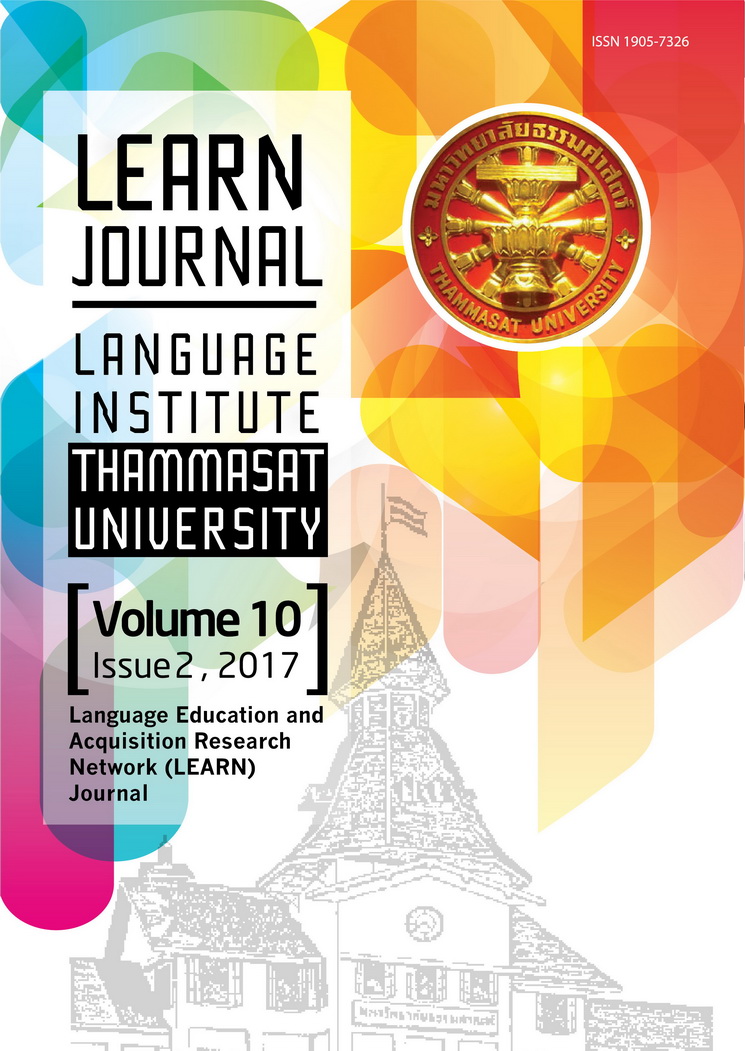A Study of Problem-Solution Discourse: Examining TED Talks through the Lens of Move Analysis
Main Article Content
Abstract
Move analysis is a research tool helping language learners and teachers to study discourse used in authentic contexts and to produce them in communication. The author examined a corpus of 50 TED talks to identify move structures including stages, problem-solution moves and the features of these moves using genre analysis and Hoey’s framework for the problem-solution genre. The findings reveal three stages of oral presentation: the opening, body and closing stages; each stage consists of various supporting move features. In the substantive stage of the talk, the body stage, four moves are employed to convey messages: the problem move (44.27%), the response move (35.92%), the evaluation move (11.65%), and the situation move (8.16%). Certain move features are used rhetorically in more than one stage; for example, the restated thesis, the restated suggestion and the call for action move features are used in both the body and the closing. The study shows these empirical results with the aim of contributing to materials design and in-class practice for oral presentation courses and other events.

